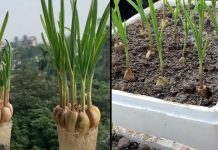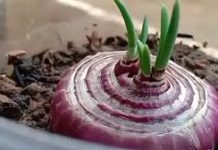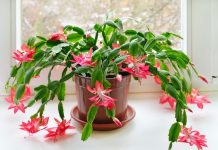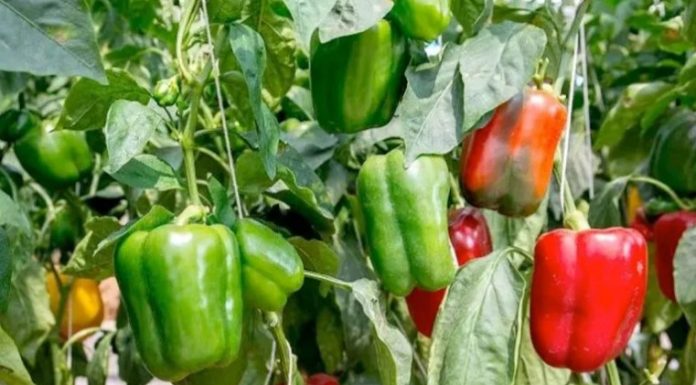Are your monstera plants looking a little droopy or your spinach leaves falling limp? It may be time to add some pep to your plants with homemade plant food. Just like you, plants need essential nutrients in their diet to grow, flourish, and fight off harmful diseases. But there’s no need to rush out to your local garden center to buy expensive fertilizing powders and concentrates. Save money by making your own fertilizer at home!
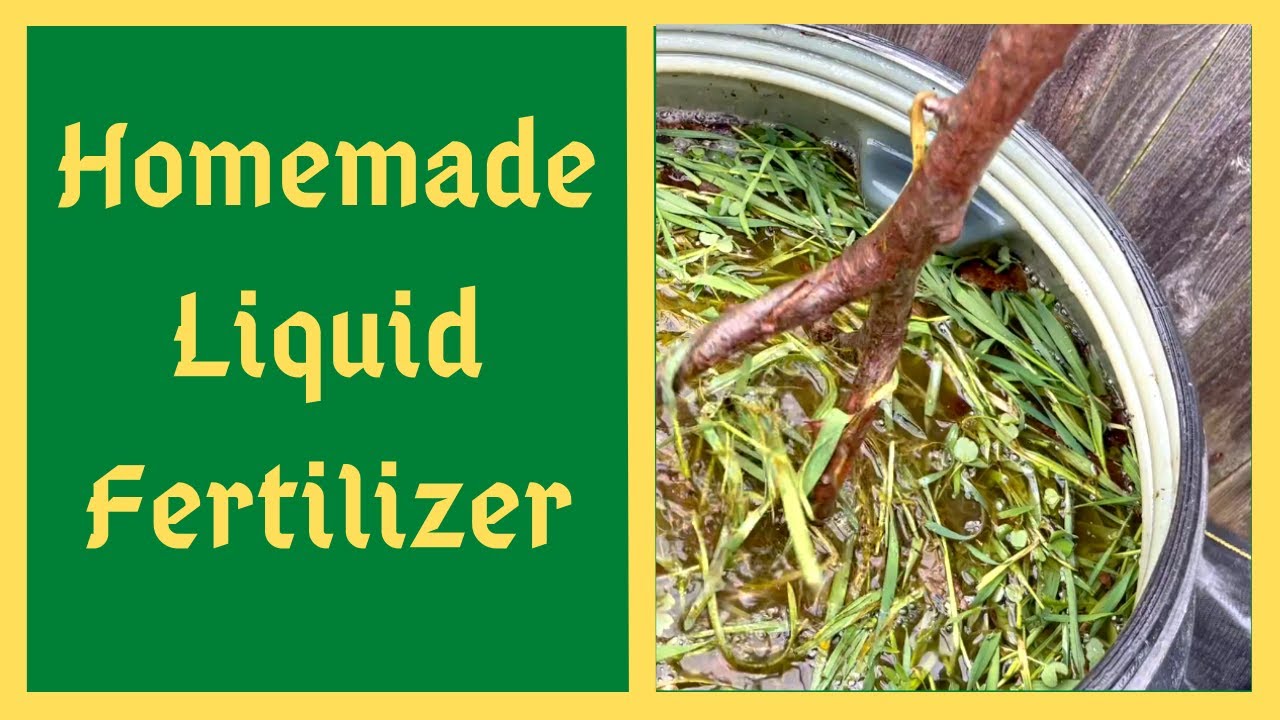
– What is fertilizer made of?
Fertilizer is made up of essential nutrients that stimulate plants to grow and thrive. Although the exact nutritional makeup can vary from one fertilizer recipe to another, the best homemade plant food contains a healthy dose of nitrogen (N), phosphorus (P) and potassium (K).
Without these 3 essential nutrients, plants struggle to grow robust root systems, generate hearty leaves and create energy from the sun (photosynthesis). Because these key nutrients are found anywhere from composted banana peels to recycled fish waste, there are a variety of homemade plant food recipes for you to explore.
But first, take a look at why it’s best to make your own natural fertilizer at home.
– The benefits of making homemade fertilizers
Store-bought chemical fertilizers pack a large amount of synthetic nitrogen in their recipe, which can actually damage or kill a healthy plant when used incorrectly. If too much is fed to your plants, the soil will become overly-acidic and weaken their roots. Over-fertilized soil is also responsible for contaminating clean groundwater as well as nearby rivers, streams, and lakes.
This is why conscientious gardeners and foliage lovers are now choosing to make their own fertilizer at home. Homemade organic fertilizers break down and release nutrients into the soil over an extended period of time. This protects the surrounding environment and gives plants the time they need to absorb vital nutrients.
– How to make homemade fertilizer: 10 easy options to try
1. Create homemade organic compost

Homemade compost is an excellent natural fertilizer because it’s loaded with beneficial nutrients for your plants. Plus, you’ll never run out of it as long as you have food scraps to get rid of.
It may be tempting to toss a leftover apple core straight on top of your strawberry patch and call it good. But unless you’re looking to befriend a family of local raccoons, you’ll need to use some type of homemade compost bin to conceal food scraps while you wait for natural microbes to break down these items.
Want to learn more about creating your own compost pile? Read these composting tips for beginners.
Quick how to: If you have an outdoor space to create your own compost pile, throw your fruit and vegetable scraps, used coffee grounds, banana peels, and tea bags into a weather and critter-proof bin. Every 2-3 weeks, break up the compost by adding a splash of water and turning it with a shovel. After 2-12 months, your compost bin will contain dark, crumbly and microorganism-rich soil that your plants will love.
Best for: All plants can benefit from this excellent source of plant food!
Pro tip: If you live in an apartment or are looking for a quicker option, use a Lomi electric composter to break down food scraps into nutrient-rich dirt in less than 24 hours. No smells, no worms and no raccoons.
2. Use coffee grounds for acid loving plants

Used coffee grounds are a great natural fertilizer for plants that require more acidic soil. Coffee grounds are also packed with the nitrogen your plants need to grow up healthy and strong.
Plus, if you already have ground coffee hiding in your kitchen cupboards, you can start fertilizing your plants without the added shopping trip.
Quick how to: There are two ways you can use coffee grounds as homemade plant food.
Collect your used coffee grounds and lightly spread them over your plant’s soil once every few months. This method helps prevent pesky slugs and snails from eating your plants.
If you have pets roaming through your garden, create a coffee-spray to deter them from sampling the grounds. Mix unsweetened, brewed coffee with water using a 1:3 ratio. (One part coffee to three parts water). Add the mixture to a spray bottle and spray lightly onto your garden soil once every few weeks.
Best for: Coffee grounds are best used as a homemade fertilizer for azaleas, rhododendrons, roses, African violets, cucumbers, potatoes, and blueberries.
Pro tip: A light coating of coffee grounds goes a long way! Rather than spreading a thick coat of coffee grounds around your plants, sprinkle them on like you would sprinkle salt on a meal.
3. Save leftover egg shells
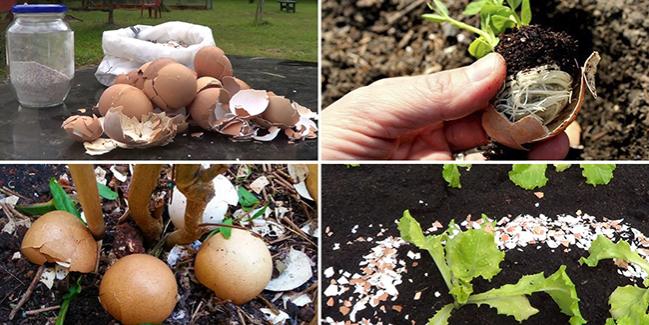
It’s commonly known that the inside of an egg is packed with protein but did you know that its shell is actually a great source of potassium and calcium carbonate?
Egg shell fertilizer works because of calcium carbonate, a key ingredient in agricultural lime. If your soil is overly-acidic, calcium in the egg shells will help neutralize its pH level.
Quick how to: Crack open an egg, empty out its contents and thoroughly rinse the leftover shells. Lay the rinsed egg shells out flat to dry. Once you have collected 6-12 dried egg shells, grind them into a fine powder using either a mortar and pestle or a food processor. Add a light top-layer of egg shell powder to your plant’s soil.
Best for: Egg shells are a great homemade fertilizer for lilac, forsythia, clematis, broccoli and Brussel sprouts.
Pro tip: Too much added lime may prevent your plants from absorbing the nutrients they need to grow. If you’d rather not apply egg shells directly to your plants, you can safely add them to your compost pile as they are on the list of items that you can compost.
4. Collect grass clippings

If you regularly mow your lawn, your plants will appreciate weed-blocking grass clippings as a natural fertilizer. In addition to keeping weeds at bay, grass clippings add a boost of nitrogen and potassium to your plants while also improving their ability to retain moisture.
Quick how to: Collect fresh cut grass from your lawn to spread around your garden soil. Bury the grass clippings under a small layer of dirt to prevent them from blowing around.
Best for: Whether you are gardening indoors or caring for flower gardens, all of your plants will benefit from this nourishing, organic fertilizer.
Pro tip: Avoid using harsh chemical fertilizers on your lawn if you are planning to repurpose your grass clippings. These chemicals could irritate or harm healthy plants.
5. Repurpose your banana peels
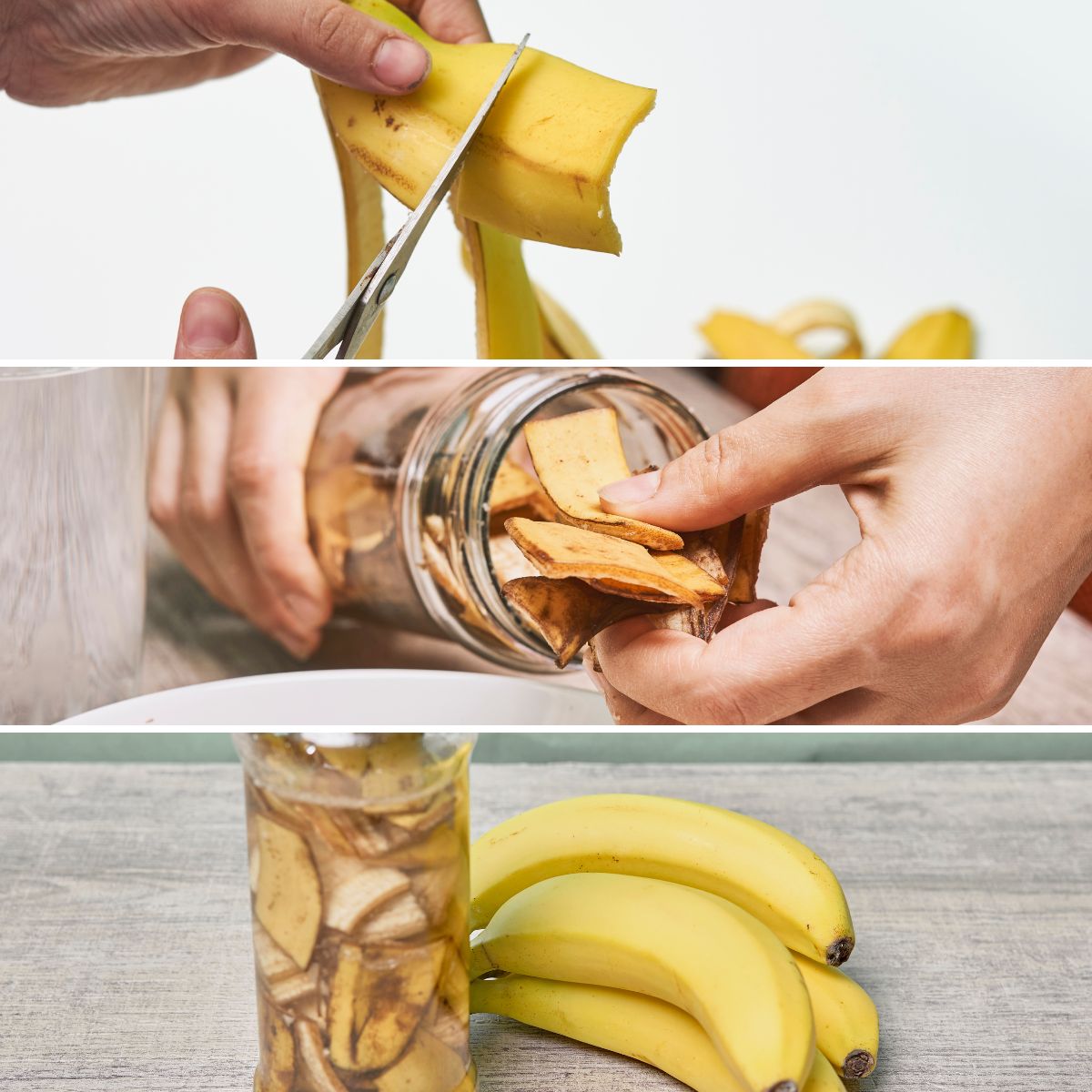
It’s no secret that bananas are a potassium powerhouse. Potassium is an essential nutrient that helps strengthen plant roots, build up their resistance to disease and enhance their ability to withstand drought (an added bonus for those of us who occasionally forget to water our house plants).
Quick how to: Chop up banana peels and bury them alongside your vegetable garden. Cover the peels with a thick layer of dirt to avoid sneaky critters looking to get their own little potassium boost. If you are looking for ways to use extra compost that you may have on hand, use this instead of garden soil to cover your banana peels.
Best for: Banana peel fertilizer is best used as a homemade plant fertilizer for tomatoes, potatoes, fruit trees, rose bushes, Monsteras, and Tillandsias (Yes, even air plants can appreciate this potassium packed fertilizer!)
Pro tip: To avoid fruit flies from congregating around your house plants, combine your banana peels with 2-4 liters of water and let soak for up to two weeks. Use the infused water to shower your indoor plants with potassium.



